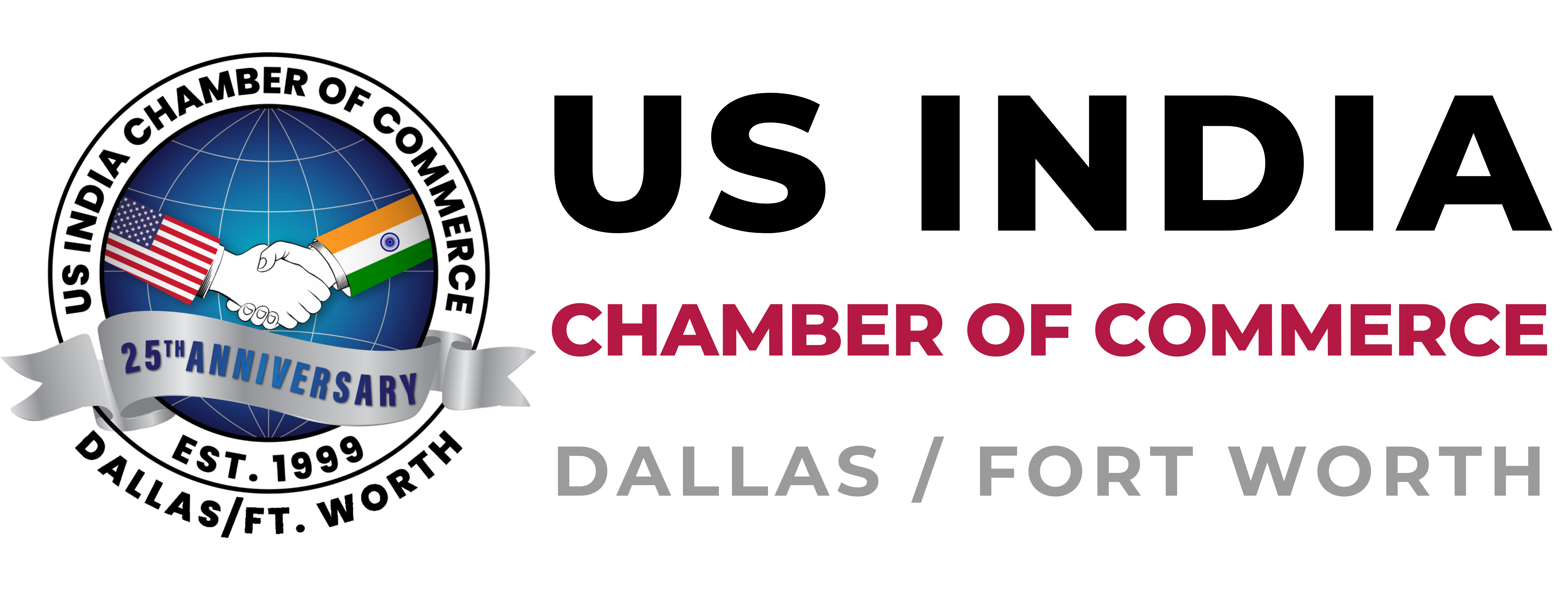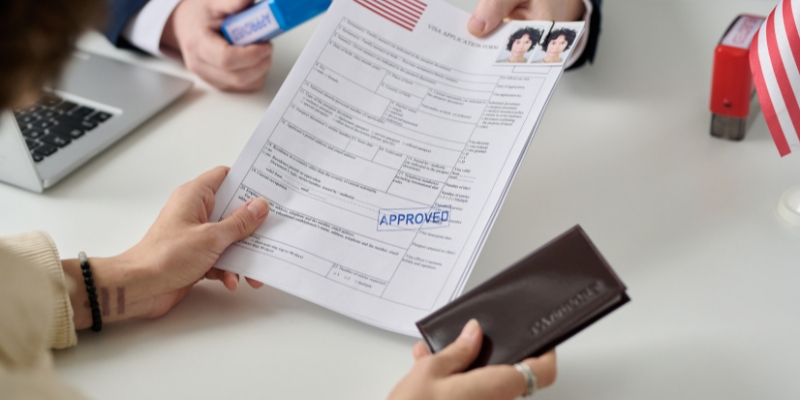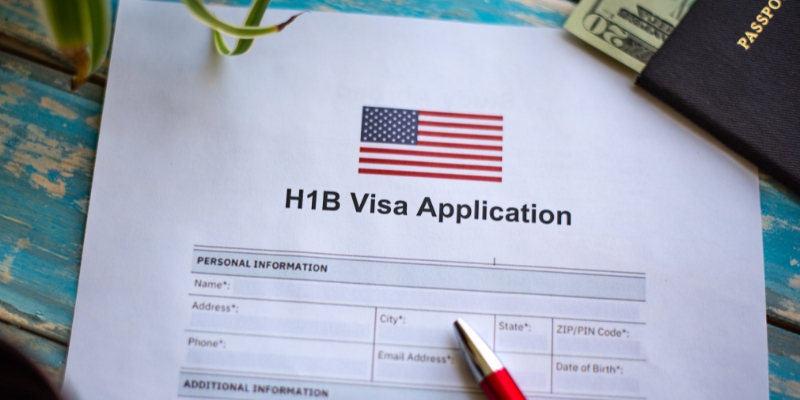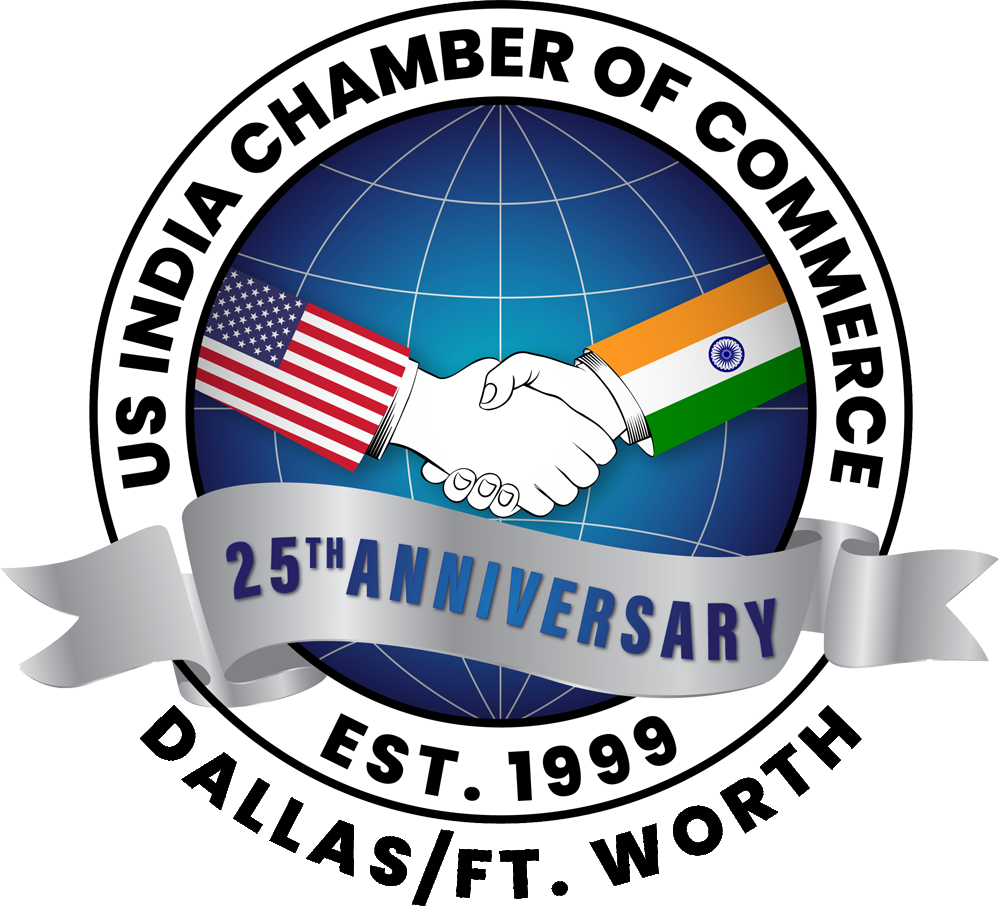BY SAENZ-GARCIA LAW, PLLC
This is our fifth “Community Corner” post, and it comes from Dallas-based Saenz-Garcia Law, PLLC. The Business Immigration Department at Saenz-Garcia Law Firm offers strategic legal counsel to professionals, entrepreneurs, and companies navigating the U.S. immigration system. Led by attorneys Dobrin Ustun and Maryjoy Chuba, the team specializes in employment-based visas and provides client-focused service and expert guidance tailored to global talent and innovative industries. For more information, email info@saenzfirm.com.
With immigration at the forefront of workforce mobility and international economic activity, U.S. companies need to remain vigilant in regards to policy changes potentially impacting overseas
hiring and employee travel. Two of 2025’s most vital trends suggest increased complexity in the processing of visas.
1. Extreme Vetting now Involves Checks on Social Media
The U.S. Department of State mandates that most nonimmigrant visa candidates present social media identifiers utilized in the past five years. This is done through the application form DS-160. Omitting correct and complete social media information can result in delay of administrative processing or actual visa rejection. Inclusion in the government’s “extreme vetting” program, this policy intends to screen potential security threats but brings forward worries of transparency and privacy as well. Company sponsoring firms ought to inform their candidates of this requirement.
2. Staffing Changes and Layoffs at DOS May Slow Processing
Recent internal reorganization and unsubstantiated reports of reduction in force at some U.S. embassies and consulates may further prolong visa processing. Work visa categories like H-1B,
L-1, and O-1 have already limited consular dates in countries in high demand such as India and China, due in large part to fewer visa officers and lower capacity to process volumes of cases,
triggered in large measure by the 2025 budget of the U.S. federal government as well as hiring restrictions.
3. Extended Wait Times and Delays Globally
Routine B-1/B-2 visitor visas in select countries now take longer than 250 days, as reported on the U.S. Department of State’s official visa appointment wait time website. Employment-based
visa interview waits have risen as well. Tech and STEM field applicants are often subjected to extra “administrative processing,” stretching timelines still further.
Business Recommendations
Employers and HR professionals should anticipate these delays by initiating visa processing early and educating foreign applicants about documentation requirements, including the need to
disclose social media information truthfully. Close coordination with immigration counsel can also help avoid pitfalls and minimize the risk of denials.
For real-time updates and official guidance, visit:
● www.uscis.gov
● www.travel.state.gov





